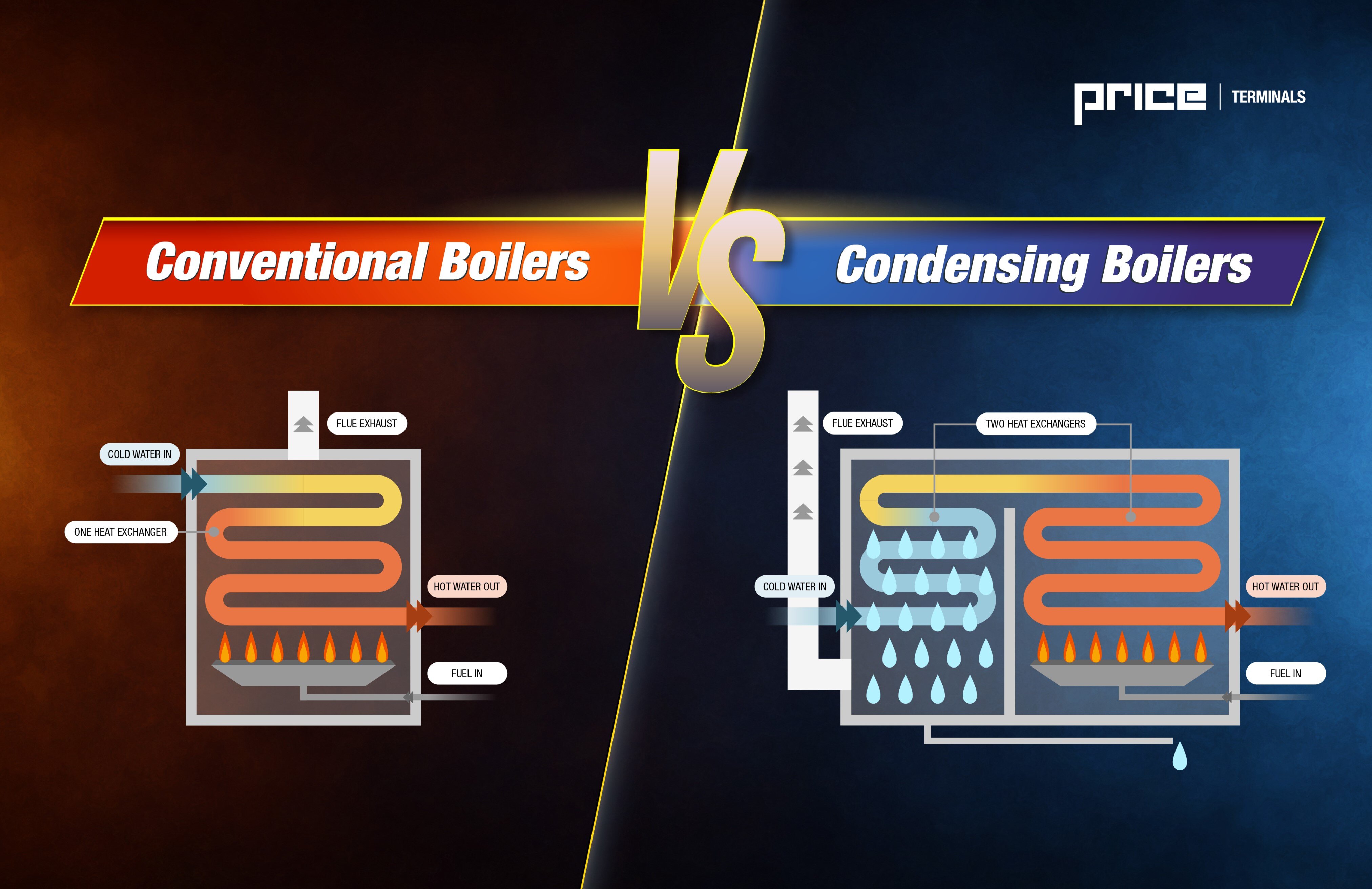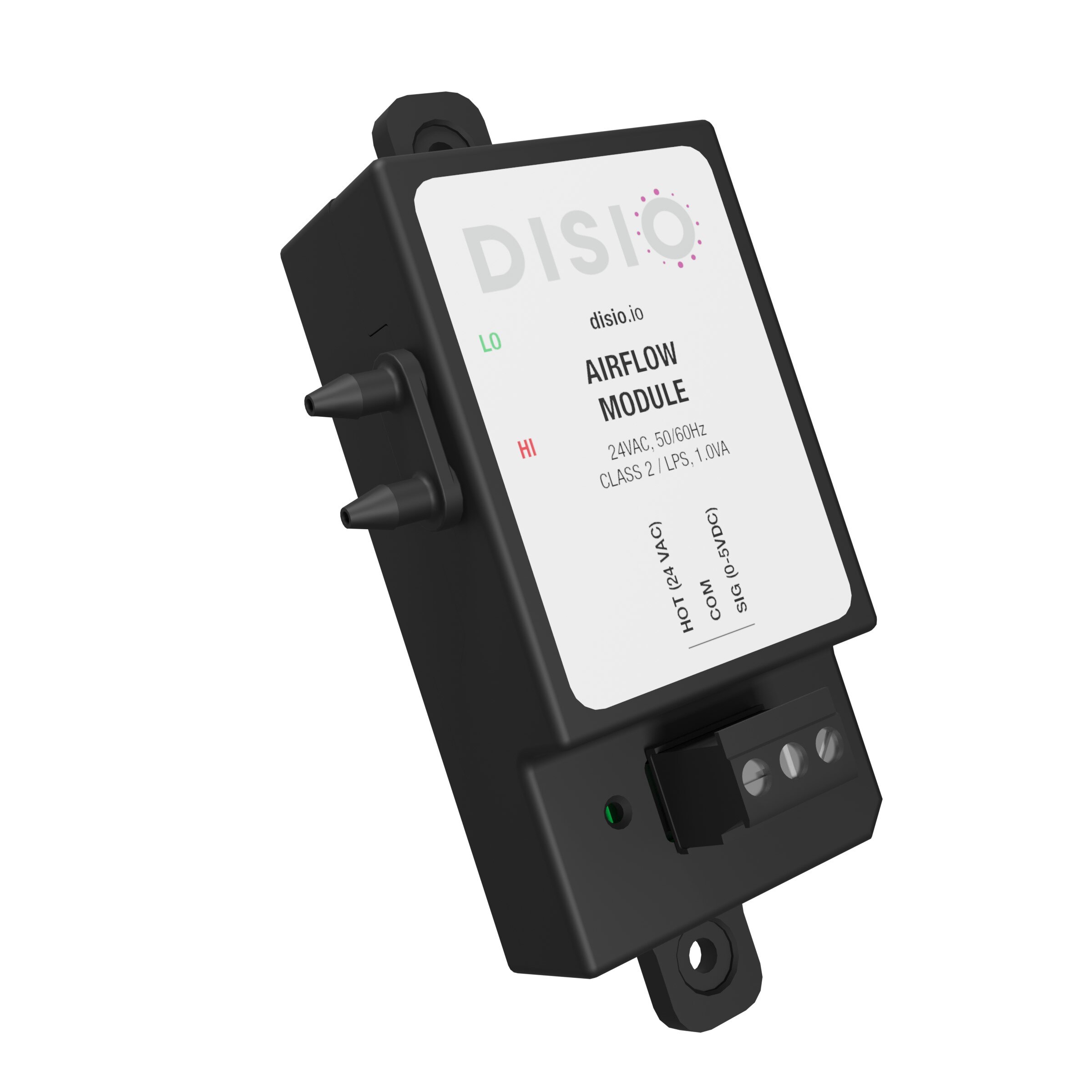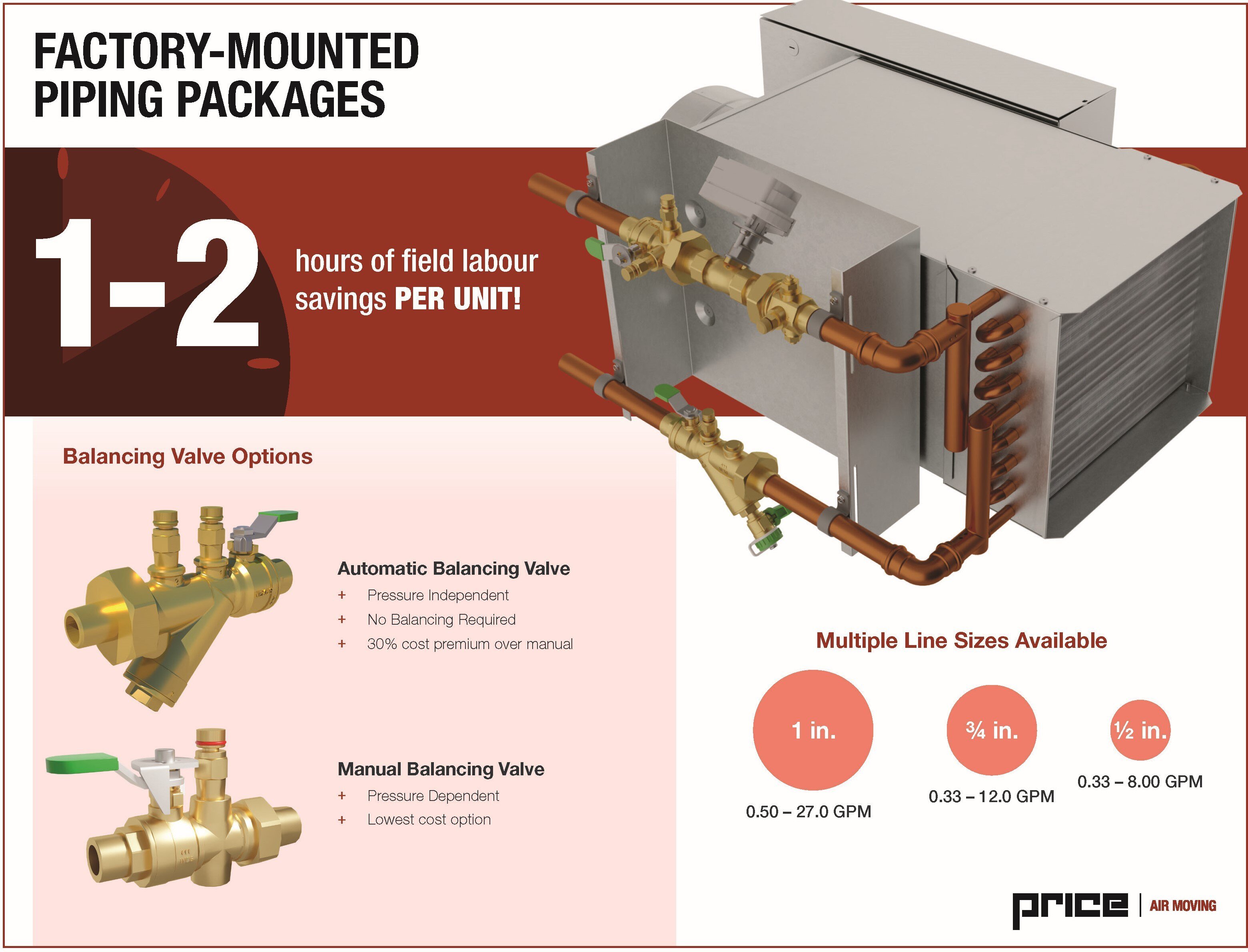Expansion Welcomes a New Era of Manufacturing
Since starting operations in 2019, Price’s Crestridge factory in Georgia has become the US base for production of many HVAC products, including chilled beams, underfloor air diffusers, fan columns and other products for Sustainable Systems; plenums for GRD; and silencers and acoustic panels for Noise Control.
Read More
Topics:
Noise Control,
GRD,
Underfloor,
HVAC Fundamentals,
HVAC,
Engineering,
Design Engineering,
Tours
Optimizing Building Efficiency and Thermal Comfort
Commercial boilers generate heat through the combustion of fuel and the transfer of thermal energy to water. The heated water is then distributed throughout a commercial building for use in HVAC, processing, manufacturing and other applications. In North America, natural gas is the most common fuel type for commercial boiler systems, and the hot water they produce is frequently used for radiant or forced-air space heating.
Read More
Topics:
System Efficiency,
Heat Transfer,
Thermal Comfort,
HVAC Fundamentals,
HVAC,
Engineering,
Design Engineering
Understanding How We Measure Thermal Comfort
Chances are you are familiar with the term “room temperature.” We all have experienced work environments that are too hot, too cold or too muggy. Perhaps it is a conference room that always runs cold or a classroom that feels too stuffy. Typical occupants do not need to know why the room is uncomfortable; they just want it fixed – and fixed quickly!
Read More
Topics:
Thermal Comfort,
HVAC Fundamentals,
HVAC,
Engineering,
Design Engineering,
Tech Tip
A Look at How This Important Device Works in the HVAC Industry
In the world of HVAC, an airflow transducer is a device that converts an airflow signal into an electronic signal for a VAV controller to regulate a damper and provide airflow to a space.
Read More
Topics:
Static Pressure,
Terminals,
Controls,
Thermal Comfort,
HVAC Fundamentals,
HVAC,
Engineering,
Design Engineering,
Tech Tip
The Efficiency Advantage of Factory-Mounted Piping Packages
Single-duct VAV systems are one of the most prevalent commercial HVAC systems in North America. Traditionally, their installation is labor intensive, requiring on-site assembly of various components. Preconstruction practices are simplifying this reality, and the biggest game changer is factory-mounted hydronic piping packages.
Read More
Topics:
Terminals,
HVAC Fundamentals,
HVAC,
Engineering,
Tech Tip







